Owning a dog can be one of life’s greatest joys—but it’s not always a walk in the park. While every dog is lovable in its own way, not every breed is a good match for every household. Some dogs require intense training, constant mental stimulation, or an experienced handler just to keep them out of trouble. Others may come with behavior challenges, health issues, or personality traits that can overwhelm even the most devoted dog lover.
This list isn’t about bashing breeds—it’s about being honest. Because the worst dog breed for one person might be the perfect companion for another. Whether you’re a first-time owner, have a busy lifestyle, or live in a small apartment, knowing what you’re signing up for is crucial. Here are 13 dog breeds that, while beautiful and unique, come with a set of challenges that might make them the wrong fit for many households. Think twice before bringing one of these into your life—unless you’re ready for the wild ride that comes with them.
Chinese Shar-Pei: The Wrinkled Troublemaker
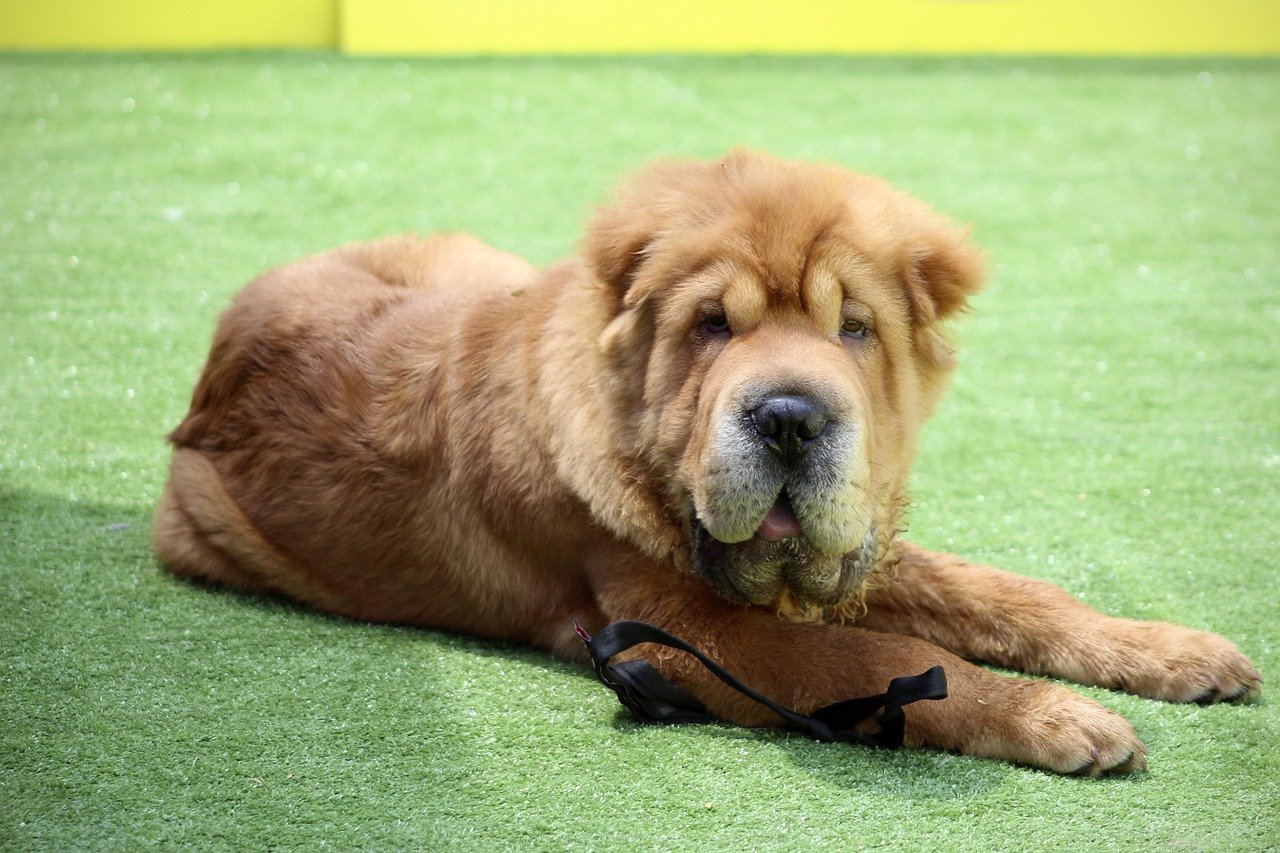
That adorable wrinkled face might fool you, but don’t be deceived by the Shar-Pei’s squishy appearance. These dogs can be quite difficult to train, and their personalities can often lean toward that grumpy guy in your neighborhood who yells at kids for being too noisy outside. Shar Peis just don’t have a forte for socializing with others outside their family, and they can be easily territorial and become aggressive with strangers when they’re not properly socialized. They’re not a beginner dog breed, being dominant, stubborn, jealous, and often aggressive toward strangers and animals. Think of them as the antisocial relative who only shows up to family gatherings to criticize everyone else’s life choices.
Siberian Husky: The Beautiful Escape Artist
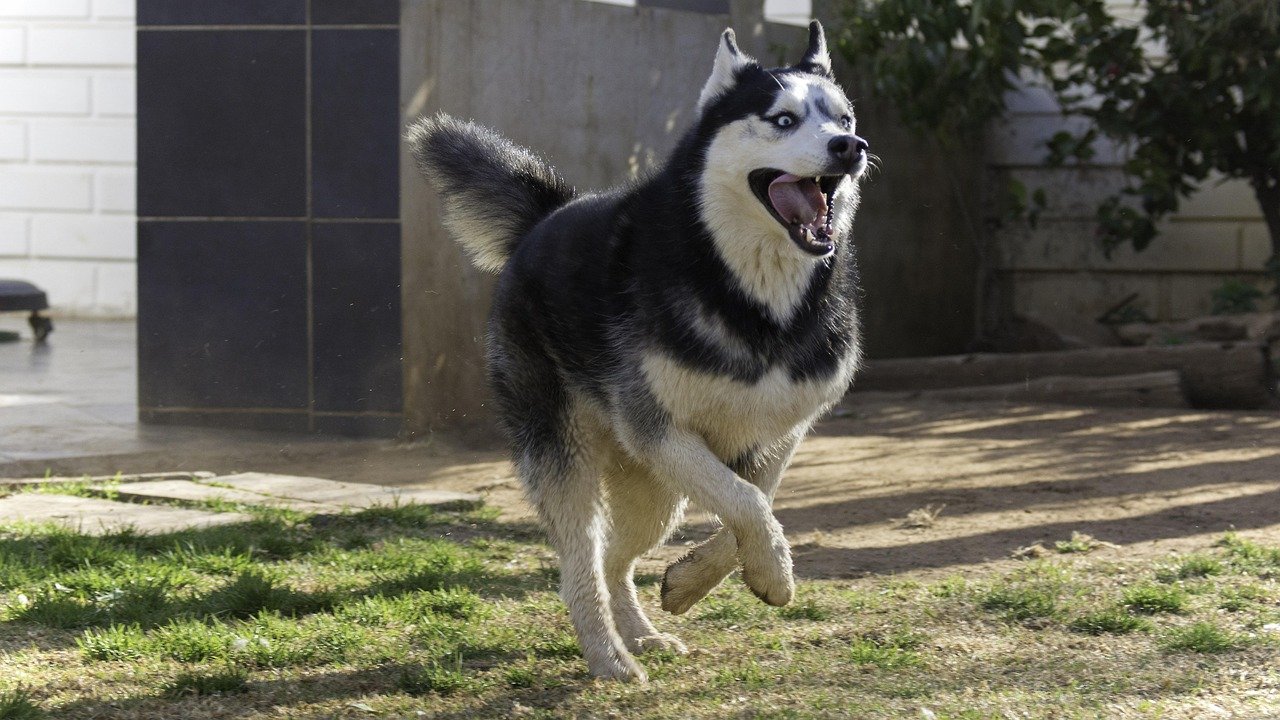
The Siberian husky was bred to think independently, which can make them less responsive to traditional training methods. To make matters worse, this sled dog is prone to lots of barking, digging and running away when they’re not adequately exercised. Huskies are notoriously independent and willful, making them resistant to training methods that other breeds may respond well to, and they have a strong sense of their own identity, which can cause them to be socially selective and easily offended. They were bred to run all day long in cold weather, need plenty of exercise, but are prone to overheating in hotter areas, and they’re also fantastic escape artists and shed a lot. It’s like living with a furry teenager who thinks they know better than you – and they might actually be right.
Rottweiler: The Misunderstood Guardian
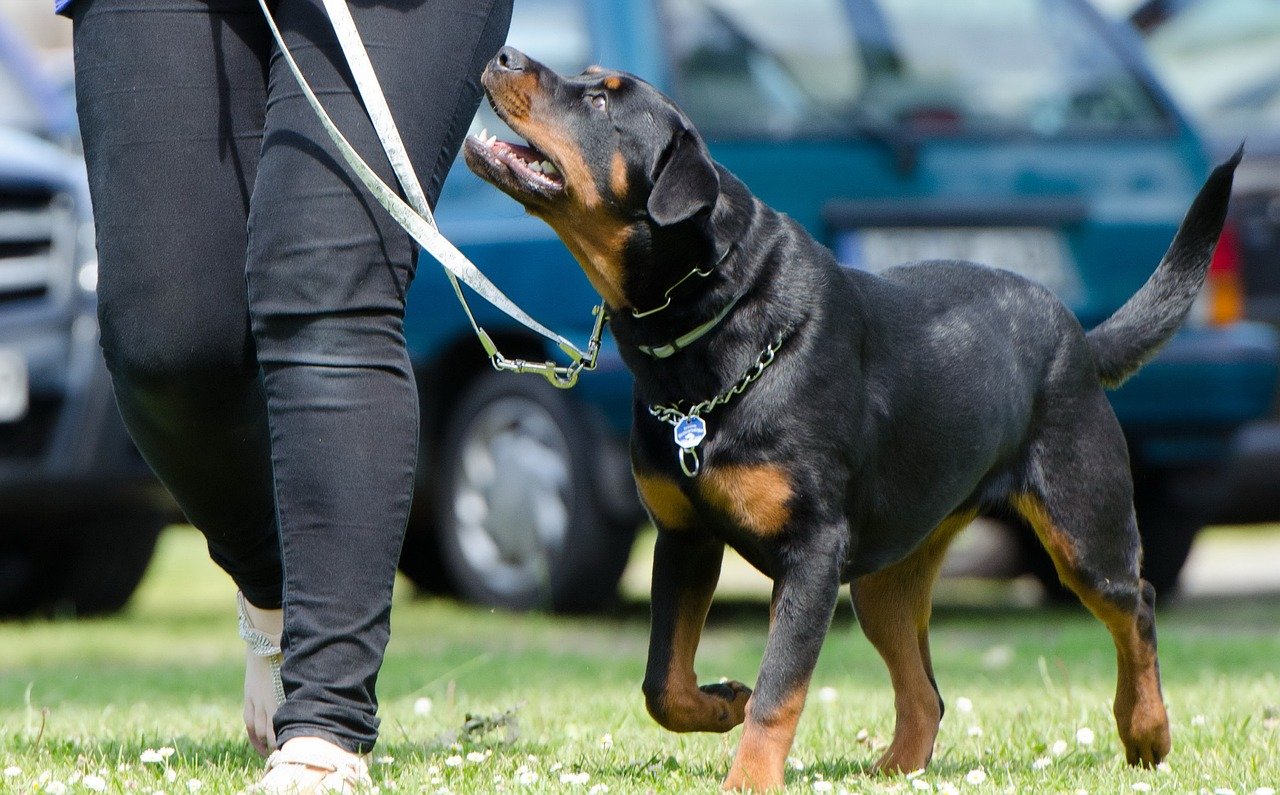
The first impression most people get with a Rottweiler is their intimidating appearance, but they are usually extremely loyal to their owners, especially when properly trained. However, here’s the catch: the key to training a Rottweiler is early socialization and consistent, firm training, as they can be stubborn and become overly protective if not trained correctly, requiring an owner who understands the importance of establishing clear leadership and boundaries. All Rottweilers have strong territorial and protective instincts which can lead to aggressive behaviors if not properly trained, they are very strong and can easily overpower their humans, and like other large dogs, they are strong-willed and may try to assert their dominance if their owner is not assertive. Think of owning a Rottweiler as being responsible for a 100-pound security guard who might decide your pizza delivery guy is a threat.
Chow Chow: The Fluffy Dictator
The Chow Chow is certainly not the friendliest dog toward children and may even nip if provoked, as the breed has been bred for centuries in China where they first earned their reputation as a royal, dignified dog that tends to bond closely with one human. While chow chows can be calm and loyal dogs with their families, they aren’t suited for novice dog owners, as chows can be reactive toward other dogs and they’re known for being independent and strong-willed, which can make training a challenge requiring consistency, patience, and lots of positive reinforcement. The sturdy, regal looking dogs resemble lions and can be strong and aggressive, as one of the oldest dog breeds bred to be protective. Imagine having a roommate who looks like a teddy bear but acts like they own the place and you’re just the help.
Akita: The One-Person Army
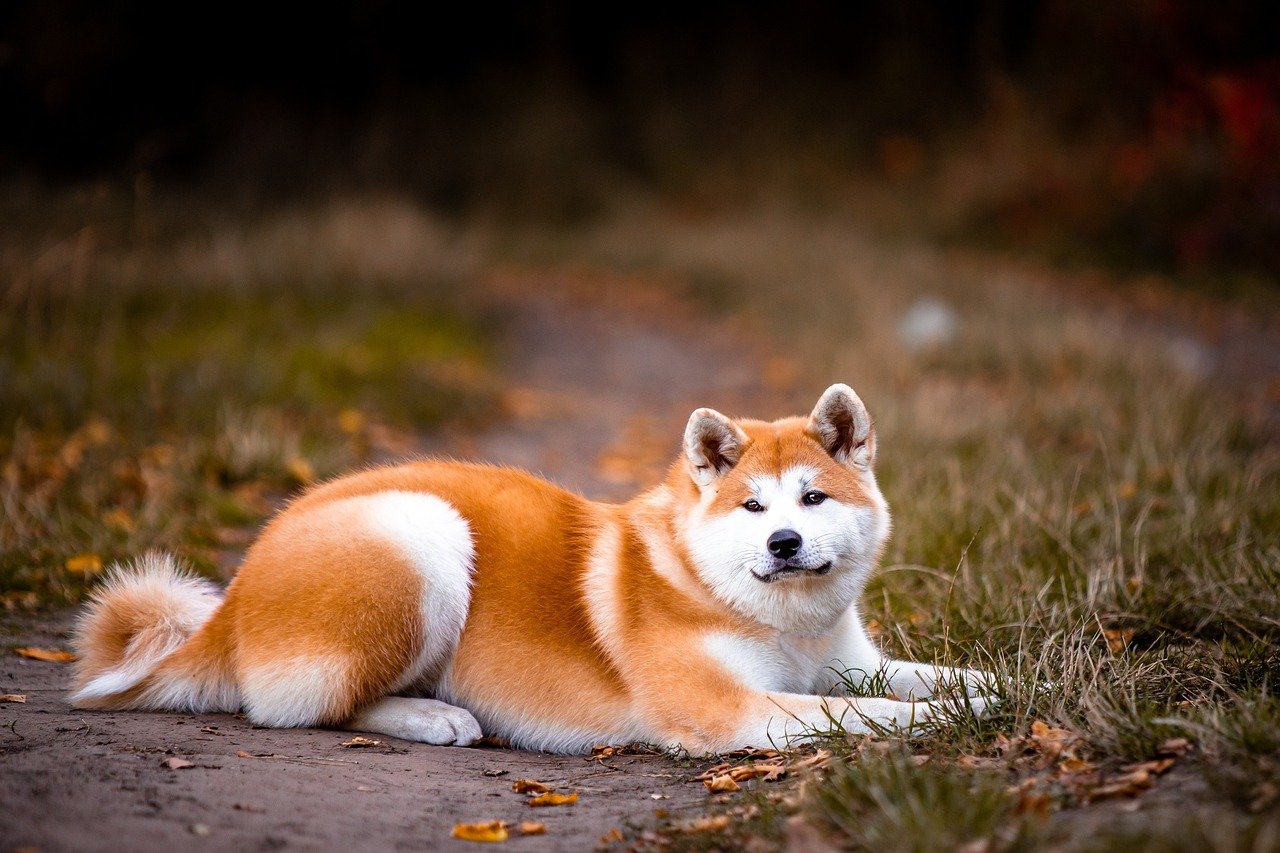
Akitas were bred to hunt big game, so they have a strong prey drive and can be aggressive if not adequately socialized and trained, being highly protective by nature and often wary of strangers who do not always get along with other dogs, requiring an experienced pet parent to keep them grounded and trained. Akitas can be incredibly sweet and loyal, but they’ve also been bred for years to be guard dogs with instincts that can be difficult to reverse and may pose problems with playdates, as they want to protect their families and may perceive other kids coming over and roughhousing as a threat, potentially causing their natural guard-driven instincts to kick in. The Akita must be socialized and trained from birth to interact with humans and other animals, as they are known to be cautious around new people and to dislike other animals and pets. They’re like having a personal bodyguard who takes their job way too seriously.
Bullmastiff: The Gentle Giant with Attitude
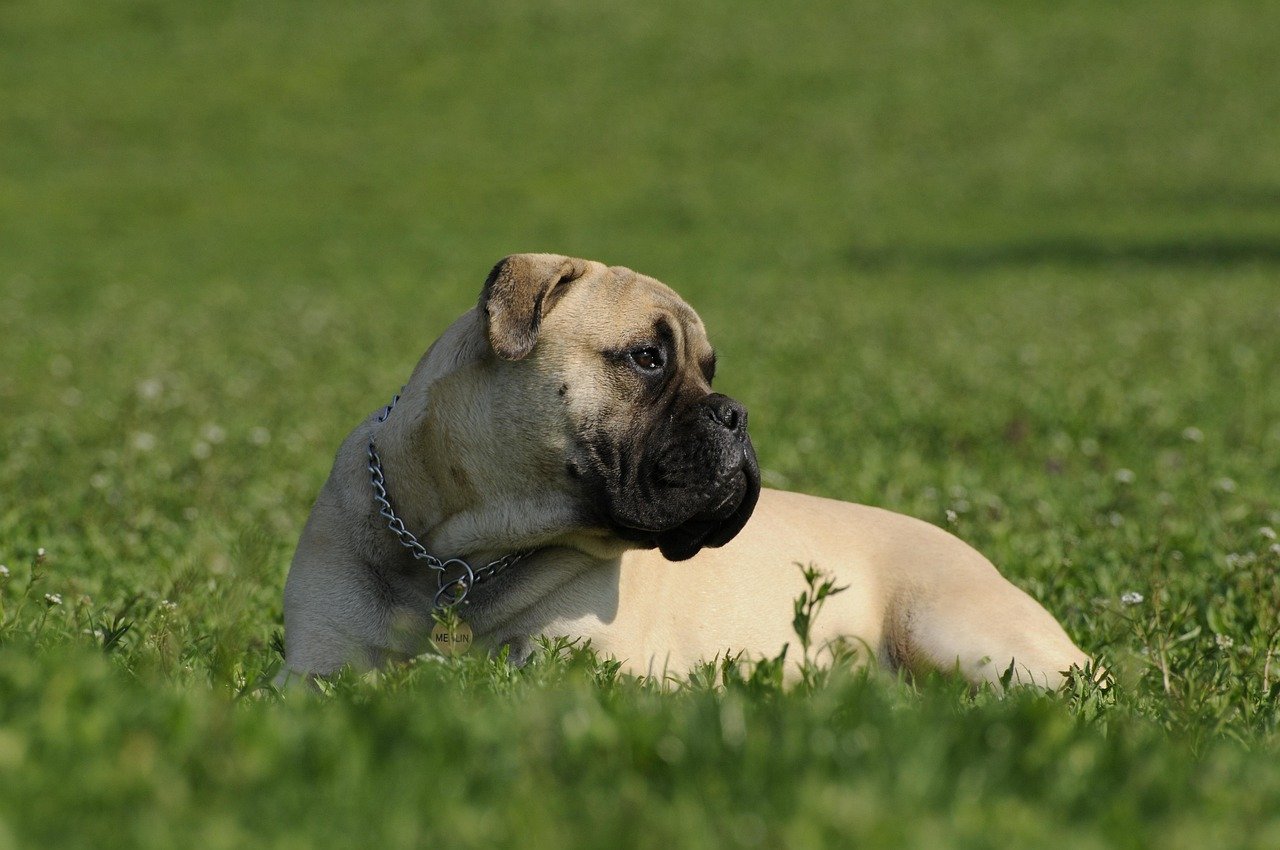
Bullmastiffs are muscular, large dogs weighing up to 130 pounds, so their owners must demonstrate that they are the Alpha to keep them well-behaved, which is quite difficult for a novice to do. Bullmastiffs are independent thinkers who do whatever they want, requiring early socialization and training to reduce their aggression toward strangers and other dogs, and you should never leave your Bullmastiff alone or they can become destructive and suffer from separation anxiety. They are energetic dogs that require advanced training to keep them happy and well-behaved, their independent nature can be problematic for beginners during obedience training, and they also have a powerful prey drive which isn’t ideal for first-time owners. It’s like trying to negotiate with a tank that has abandonment issues.
Beagle: The Adorable Attention Deficit
A Beagle has a nose for everything – literally, as this breed’s exceptional sense of smell often leads them to be easily distracted by scents, making training a challenge, and if you own a Beagle, make sure your home is spotless because they like to rummage through anything they can get their paws on. Most Beagles have high amounts of energy, which is why they are hard to train, as they are independent and take longer to get used to commands, but with consistent training and a lot of patience, training a Beagle is certainly achievable. The short legged hound is great at tracking scents which can lead to difficulty in training, as the basset hound is a pack leader and very independent, and like the beagle, is bred to hunt through following scents and is incredibly focused when following its nose, being gentle and loving but also stubborn and aloof. Living with a Beagle is like having a toddler with superpowers who can smell the neighbor’s barbecue from three blocks away.
Australian Cattle Dog: The Workaholic Nipper
Australian Cattle Dogs (a.k.a Blue Heelers) are a very high-energy herding breed that were originally bred to herd, which means high-energy was a sought after trait, and they still have plenty of that energy to go around. Being a herding breed, they’re also protective of their herd—you—and unfortunately this means they can get a bit aggressive with strange humans and animals if not trained and socialized properly, plus they have a bad habit of nipping at the feet and heels of anyone walking by as it’s what they were trained to do to herd cattle. They are not ideal for first-time owners due to their stubborn nature, they are quite intelligent which helps them trick their owners, require lots of exercise to channel their energy, will surprise you with their adventurous nature which often puts them in danger, and they are wary of new dogs and strangers and may aggressively bark. It’s like having a caffeinated personal trainer who thinks everyone needs to be herded into proper formation.
Basenji: The Silent but Deadly
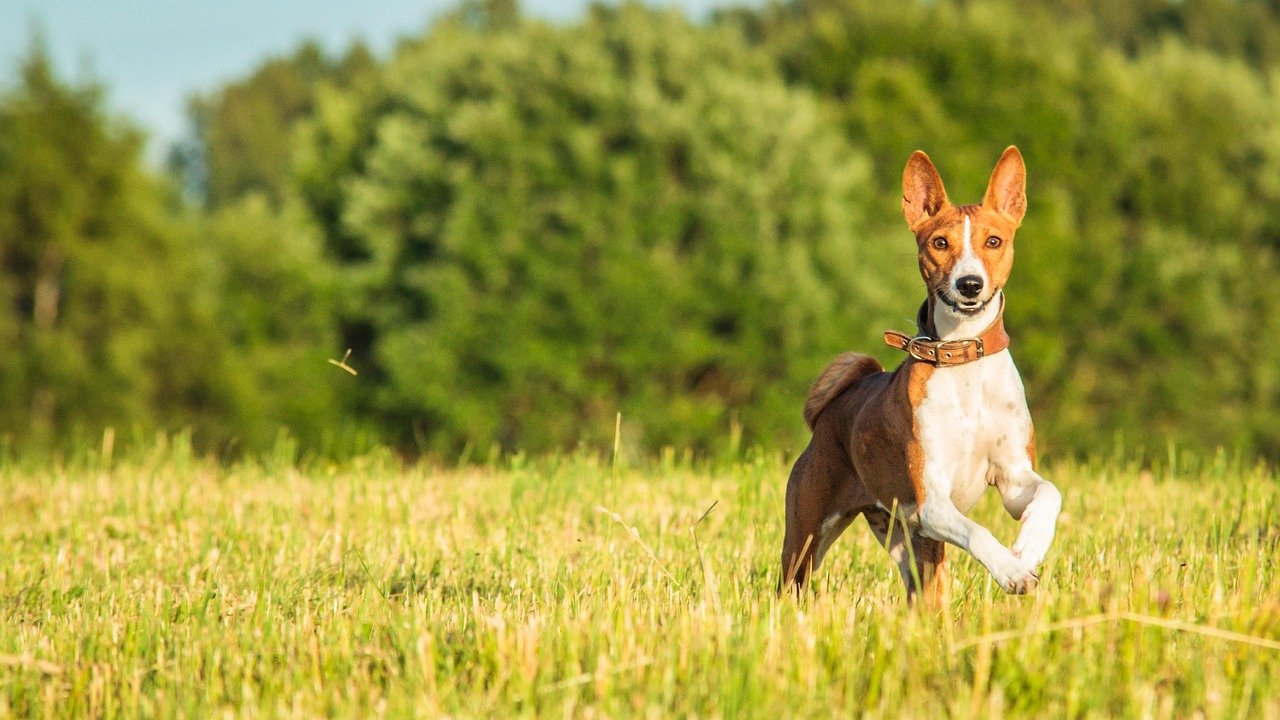
Basenjis are known for their cat-like personalities, being both independent and intelligent, notoriously difficult to train due to their stubborn nature, and they are curious and easily bored, requiring creative training techniques to keep them engaged. Basenjis are often noted for their “cat-like” proclivities, being a calm dog breed that is highly independent and doesn’t bark, but you may find their independent and selective personality a challenge, especially in distracting environments, when their prey drive may overrule any treat or toy you possess. Think of them as the cat of the dog world, but with the hunting instincts of a wolf and the stubbornness of a mule. They’re the strong, silent type who will judge you quietly while completely ignoring your commands.
Afghan Hound: The High-Maintenance Diva
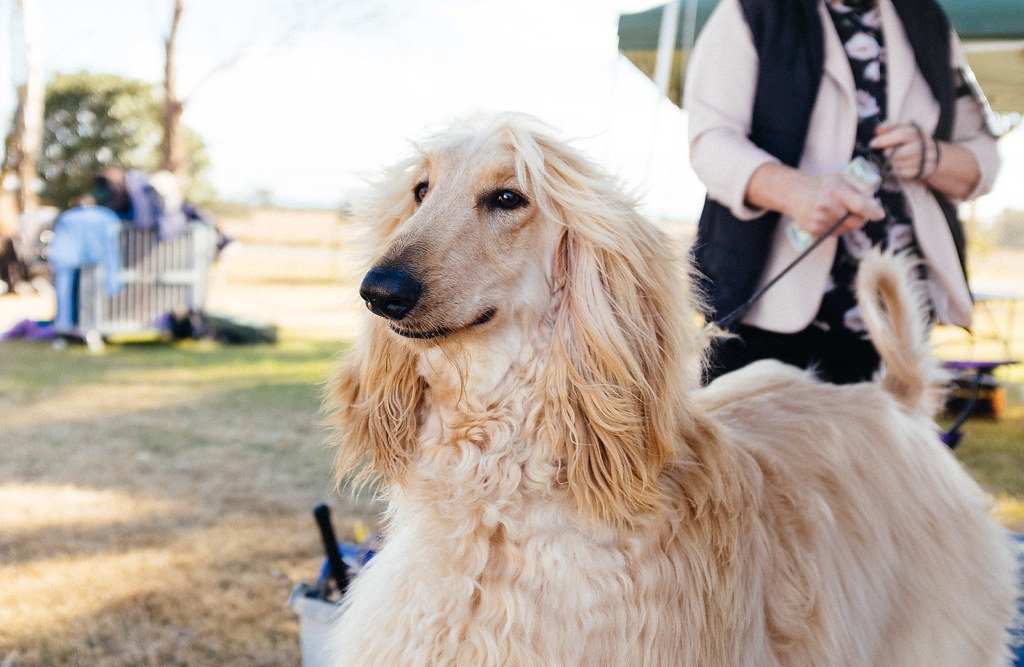
Afghan Hounds are known for their beauty and intelligence, but they are also one of the most independent dog breeds who can be aloof and often choose to listen to commands on their own terms, requiring building a strong bond as the key to training. The Afghan Hound is a high-maintenance dog due to their coat which needs daily brushing, bathing once a week, drying carefully with a blow dryer or blaster, oil treatments, careful wrapping, clipping up out of the way, and snoods at mealtimes, and this is a breed that loves quick, crazy sprints and dog zoomies in the great outdoors, so untangling, de-leafing, and leg-drying is going to be a daily and surprisingly time-consuming thing. They’re basically the supermodel of the dog world – gorgeous but high-maintenance, expensive to keep looking good, and they know they’re better than everyone else.
Great Pyrenees: The Independent Mountain Guardian

Great Pyrenees are gentle giants with a strong instinct to protect and guard, but they can be independent thinkers and may exhibit stubborn and aggressive behavior. Perhaps the most surprising change of fortune on the AKC’s 2024 list was the torpedoing of the Great Pyrenees, as this eternally placid and patient protector, which came of age working with shepherds in the mountains between France and Spain, went from No. 64 to No. 74, and after jumping five spots on the last list, the Pyr looked like it might finally crack the top 50 but even got named “One to Watch”. A Jack Russell Terrier or Great Pyrenees will require much more time walking and playing outside than a Chihuahua or English Bulldog. These dogs were bred to make independent decisions about protecting livestock in remote mountain areas, which means they think they know better than you about pretty much everything.
Presa Canario: The Intimidating Challenge
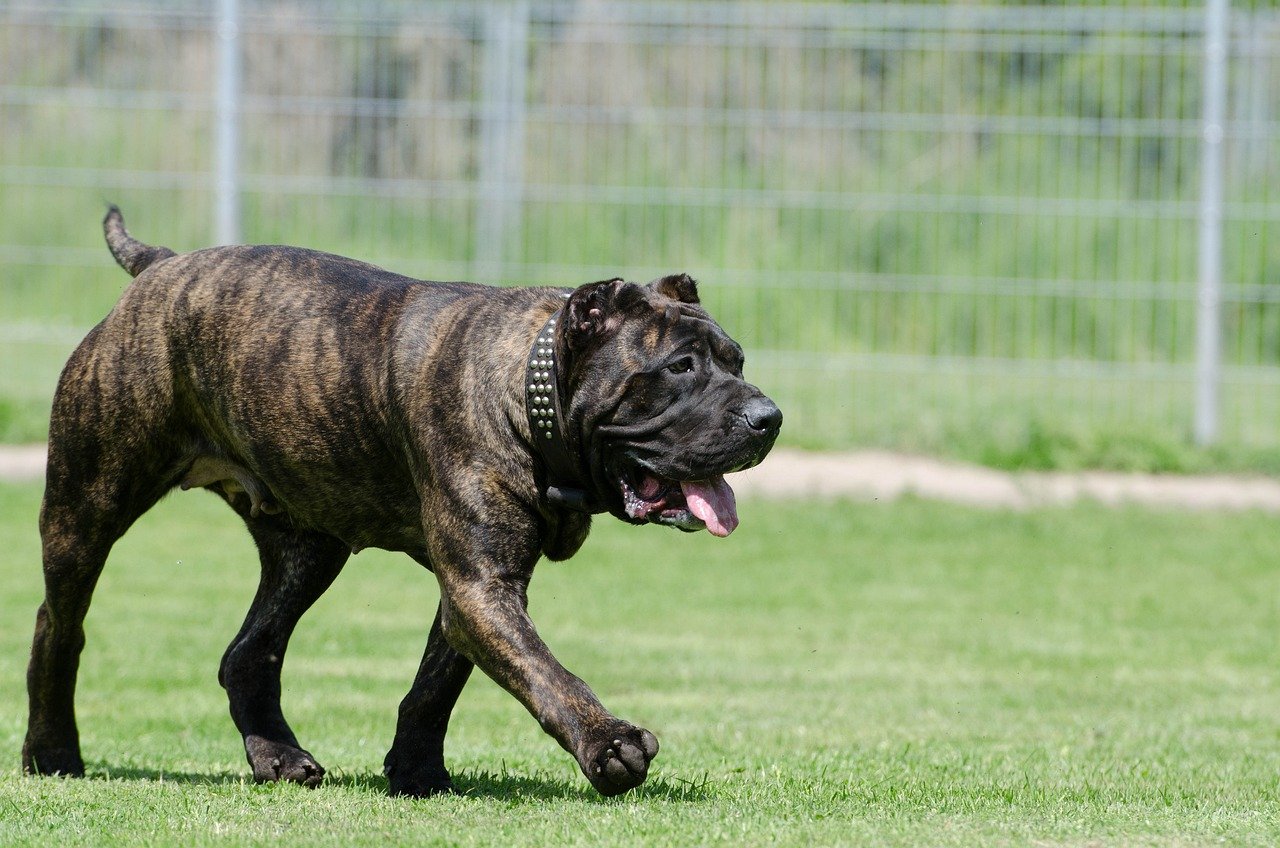
People only buy Presa Canarios because they’re good “guard dogs,” but they often don’t bother training them in basic things and just go straight to the more difficult tasks, and as a result, they’re awfully behaved and must be kept on leashes at all times. One of the planet’s most imposing and most dangerous dog breeds is the Presa Canario, or simply Presa, and with the right training, a Presa is a loyal pet and a great guard dog, but they are also bred to be fighting dogs and have an aggressive temperament when it doesn’t receive proper training, having attacked 111 people over a 32-year period, including 18 deaths and 63 maiming incidents. They’re like owning a living weapon that requires a PhD in dog psychology to handle safely. Unless you’re prepared to become a professional dog trainer overnight, this breed will quickly become your worst nightmare.
Saint Bernard: The Gentle Giant with Giant Problems
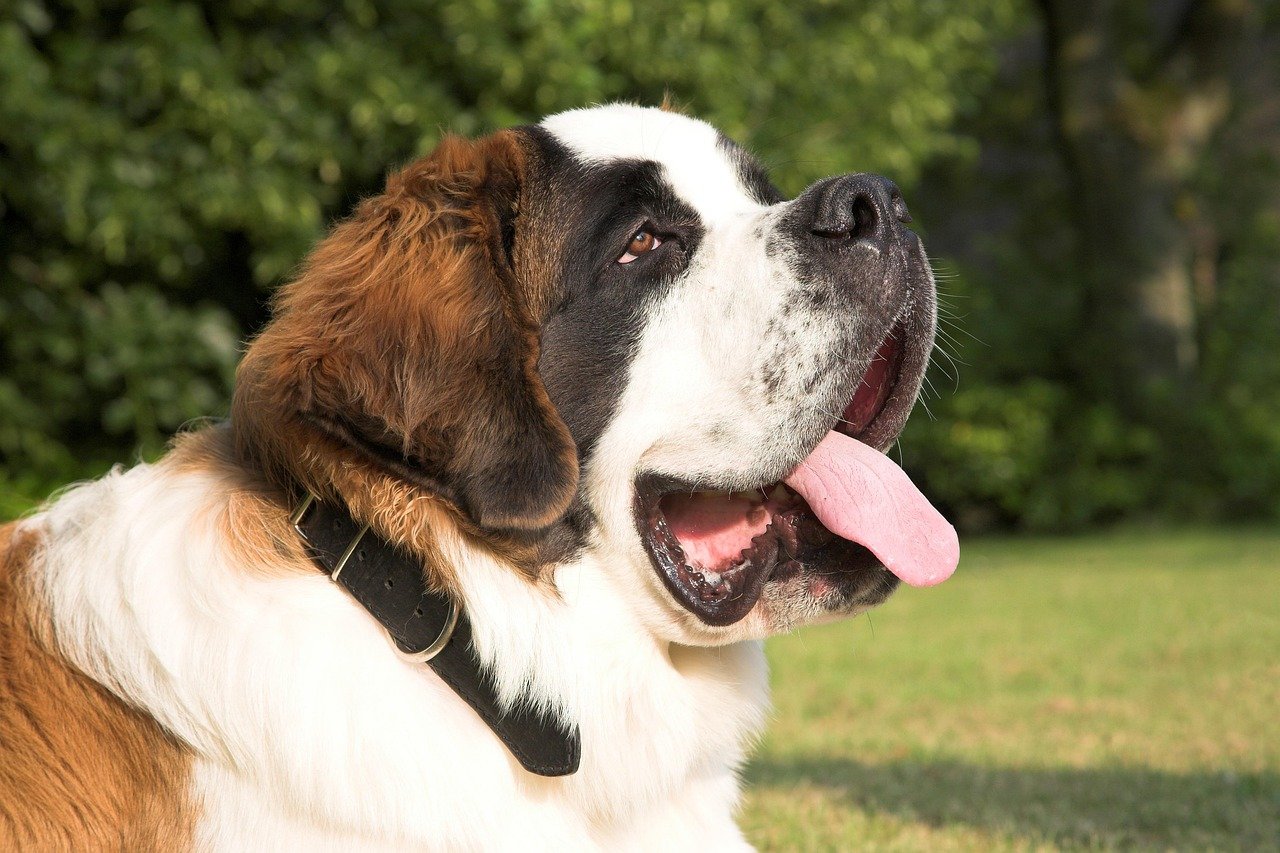
Despite their reputation as helpers of people in danger, the Saint Bernard, by nature of their size, can be difficult to control, as a favorite activity is chewing things like your socks, and intense training needs to attempt to control this habit, plus they drool copious amounts on your floors. Although these dogs have cuddly looks and typically a sweet demeanor, they can be very stubborn, Saint Bernards can develop temperament and behavioral issues if not socialized and trained early, and given their incredible size, undesirable behaviors like jumping on people and counter-surfing can get out of hand, plus they are prone to excessive drooling. Imagine having a 200-pound toddler who drools constantly, steals your socks, and thinks jumping on visitors is the best way to say hello. Your house will become a slip-and-slide adventure course courtesy of Saint Bernard slobber.
These thirteen breeds represent some of the most challenging dogs you could choose as a companion. Each comes with their own unique set of problems that can turn your dream of having a loyal furry friend into a daily struggle. From the territorial aggression of the Shar-Pei to the high-maintenance grooming needs of the Afghan Hound, these dogs demand experienced owners who understand what they’re getting into. While every dog deserves love and proper care, these breeds require significantly more time, money, and expertise than most people can realistically provide. Before you fall for those adorable puppy dog eyes, remember that cuteness fades but behavioral problems last a lifetime. What would you have guessed about the hidden challenges behind these seemingly lovable faces?

Esther is from India; the heartbeat of South Asia, holding a Master’s degree in Zoology and a postgraduate diploma in Animal Welfare. Her enthusiasm for animal welfare drives her passion and dedication to working for animals, ensuring their well-being, and advocating for their rights. With a solid academic background and hands-on experience, she is committed to making a positive impact in the field of animal welfare. In her free time, she enjoys embroidery and sewing. As a Chennaite from Tamil Nadu, Esther loves Bharathanatyam, an Indian classical dance form.






